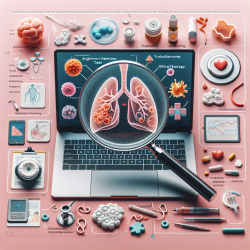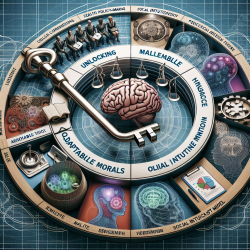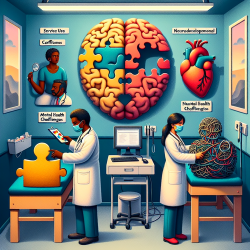Introduction
In the realm of pediatric care, the complexity of symptoms can often mask underlying conditions, leading to misdiagnosis and prolonged treatment. A recent case report published in the Journal of Medical Case Reports sheds light on such a scenario, where a 12-year-old was misdiagnosed with asthma and allergies, only to later discover a rare tracheal tumor. This blog explores the insights from this case and how practitioners can enhance their diagnostic skills.
The Case Overview
The case involves a 12-year-old Caucasian boy with a history of bronchospasms and rhinoconjunctivitis, treated for years for asthma and environmental allergies. Despite treatment, his symptoms persisted and worsened, leading to further investigation. A CT scan revealed a subglottic tracheal mass, identified as an angiomyomatous hamartoma, a rare benign tumor. Surgical intervention successfully removed the mass, and the patient remained symptom-free a year post-surgery.
Key Takeaways for Practitioners
This case underscores several critical points for practitioners:
- Comprehensive History and Examination: A detailed patient history and thorough physical examination are paramount. In this case, atypical symptoms such as a "flap in the throat" sensation were key indicators that standard diagnoses might not apply.
- Consideration of Rare Conditions: While common conditions like asthma and allergies are often the go-to diagnoses, rare conditions should not be overlooked, especially when symptoms persist despite treatment.
- Utilization of Advanced Diagnostic Tools: Imaging techniques like CT scans can reveal underlying issues that are not apparent through standard tests. In this case, a CT scan was crucial in identifying the tracheal mass.
Encouragement for Further Research
Practitioners are encouraged to delve deeper into similar cases and research to enhance their diagnostic acumen. Understanding the nuances of rare conditions can significantly improve patient outcomes. This case also highlights the importance of interdisciplinary collaboration, as specialists from various fields can offer insights that lead to accurate diagnoses.
Conclusion
In conclusion, this case serves as a reminder of the complexities involved in pediatric diagnoses. By adopting a comprehensive approach and remaining open to rare possibilities, practitioners can improve their diagnostic skills and provide better care for their patients.
To read the original research paper, please follow this link: Angiomyomatous hamartoma of subglottic tracheal wall in a 12-year-old adolescent: a case report.










